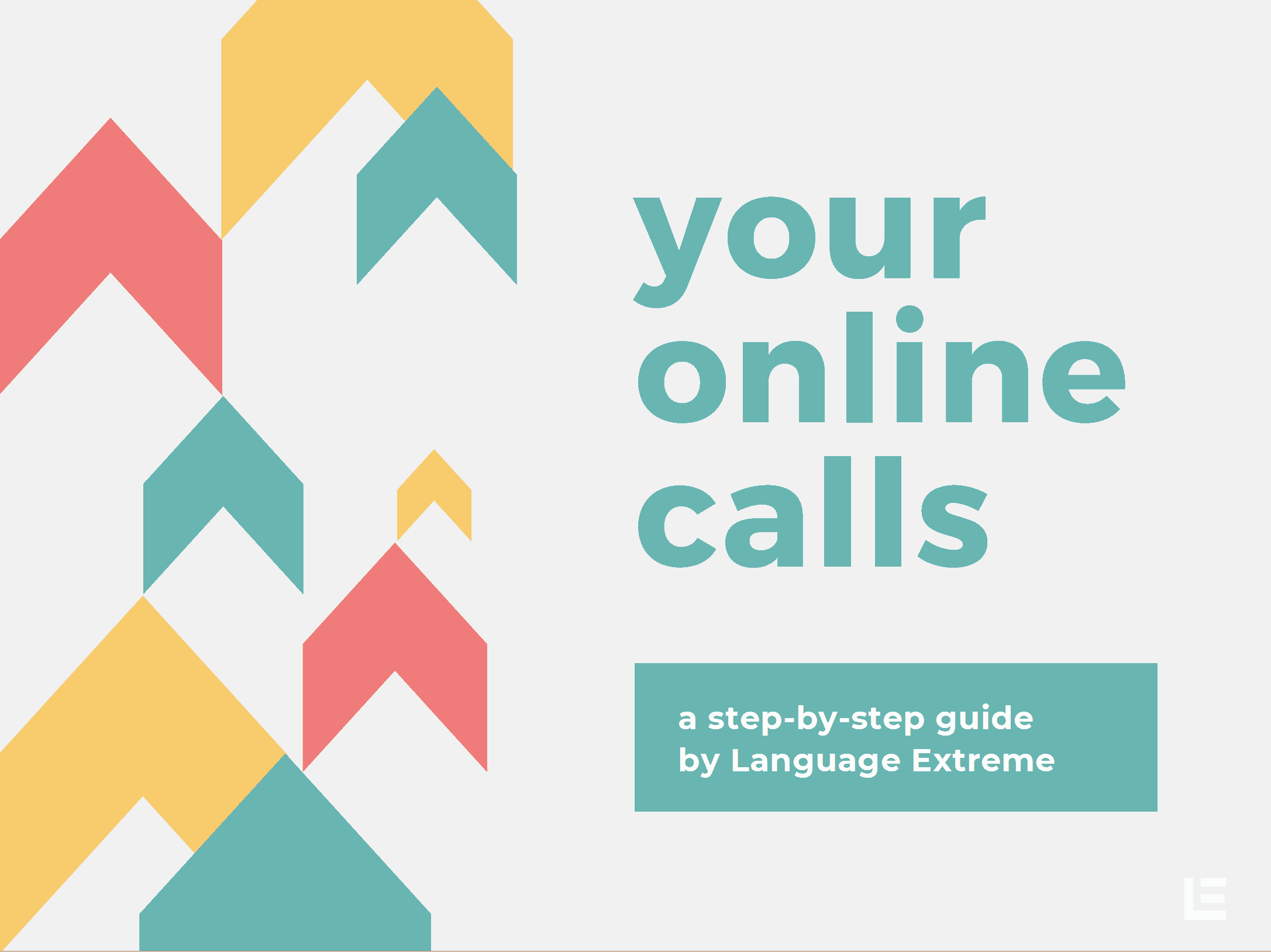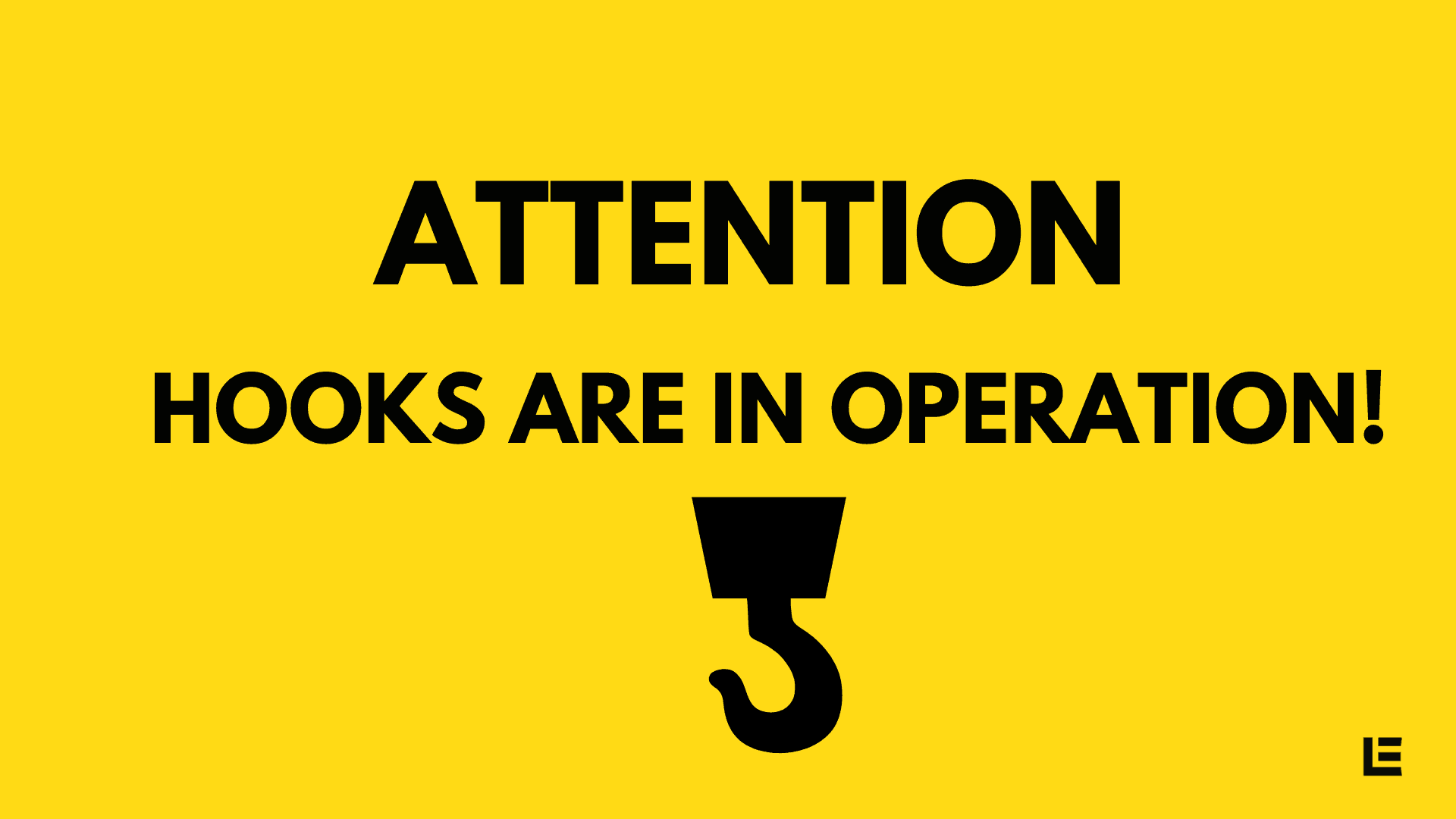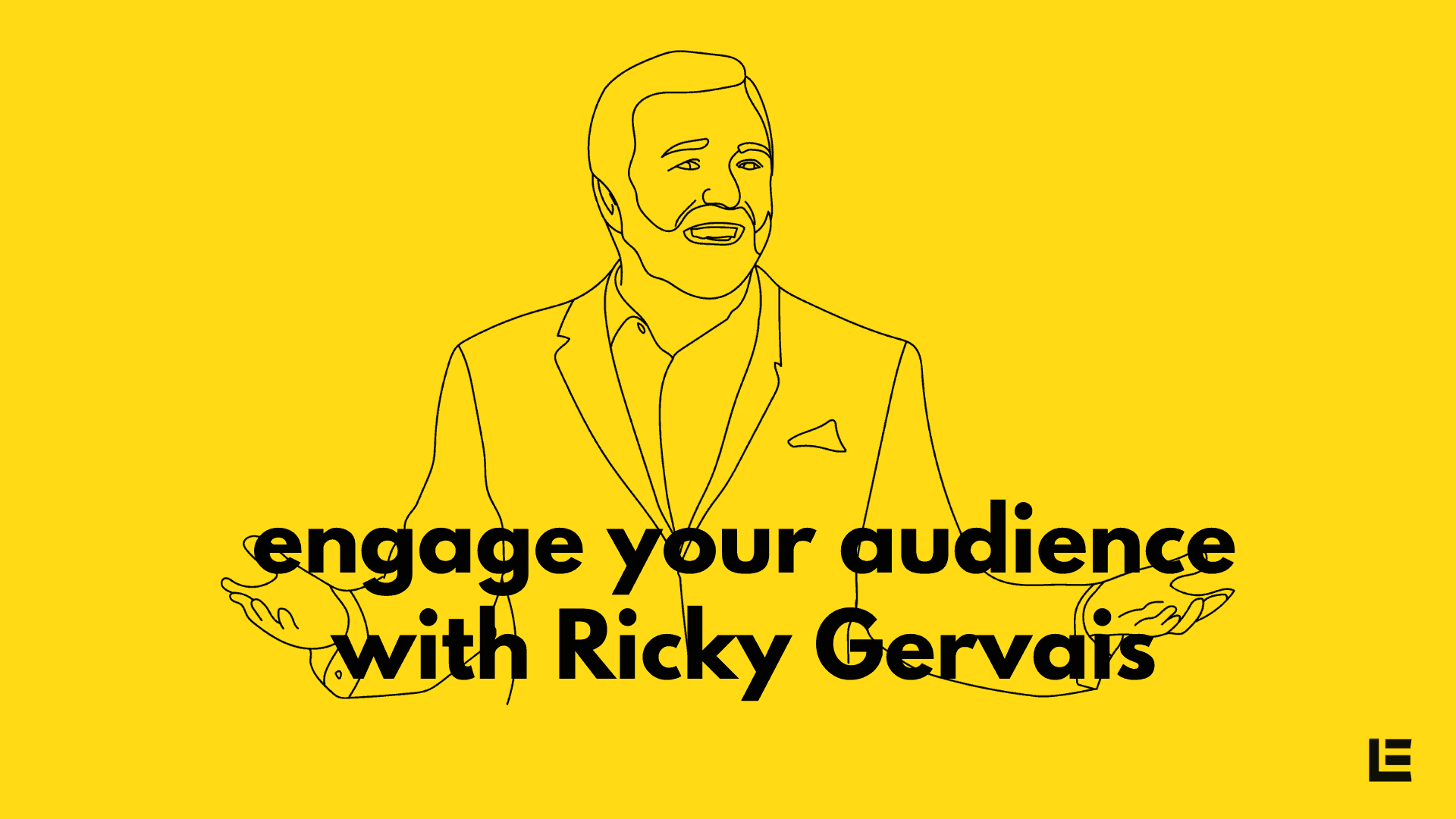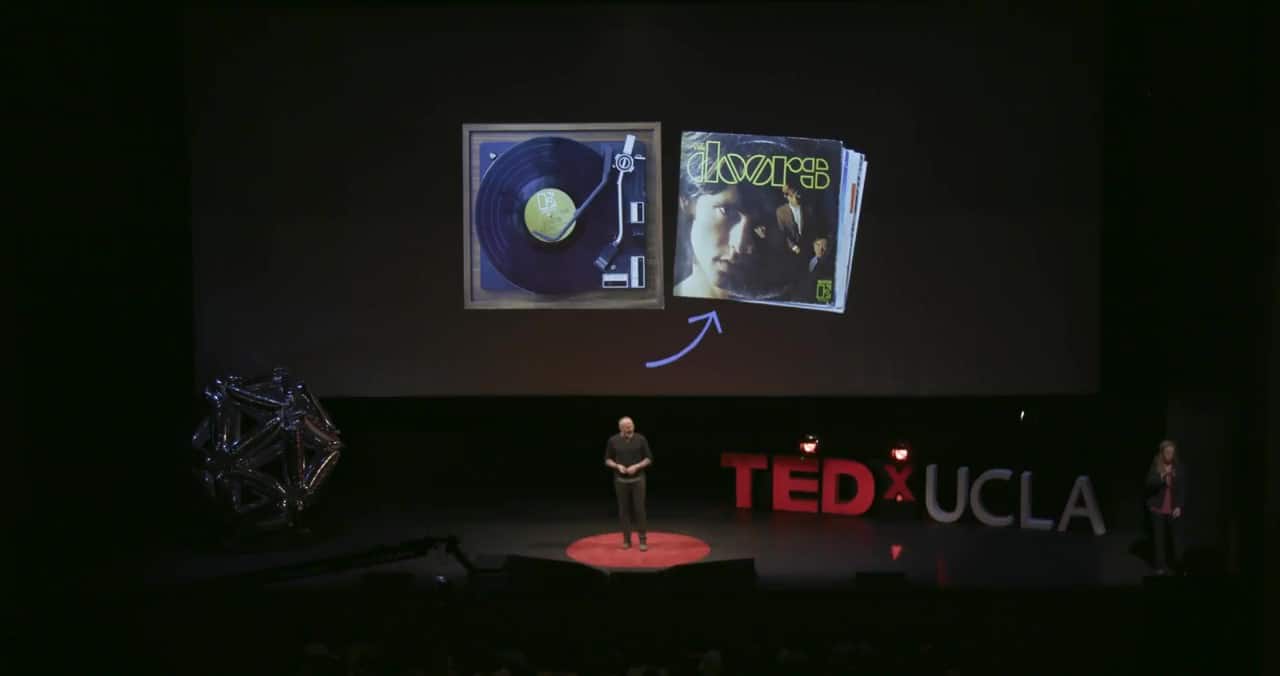
Coronavirus. That’s why we now want to work remotely and substitute the face-to-face meetings with online calls – the digital ordeal that so many have wanted to avoid before. Why are some of us so prejudiced towards online meetings? There are numerous reasons. Firstly, tech issues are a deterrent (what’s worse than to disconnect in medias res!). Secondly, we’re being crippled: whatever the platform, we can’t see other people fully, cannot rely on body language that well. And thirdly, online calls tend to be chaotic and inefficient. However, as technology has moved forward, shouldn’t we adapt a bit and develop adequate competences? That’s our mission at Language Extreme at all times: to help develop your communication skills. Today, we would like to help you prepare strategically to run effective, pleasant and satisfying online meetings that will be almost as good as the face-to-face chats you normally have. Check our tips in your call tomorrow, and let us know what you think of them.
General rules for online calls
Firstly, a key principle: don’t set too many meetings. A well-prepared email will always be more effective than a series of calls. This work-from-home time we are now having is a great way to boost work efficiency, but too many calls will hardly help you achieve that aim.

Secondly, before each meeting, everybody needs to know who the moderator (host) is. If that is established, participants will all know who they should expect to set up the meeting, sent invitations with agenda, start the call, make notes and moderate the proceedings in line with the agenda.
Bear in mind that sometimes doing all those things at the same time may be challenging for just one person. If you’re a host and want to avoid disorganization and trouble, choose a colleague who will be responsible for the technical side and will take minutes of the meeting (MoM), while you focus on the merits and smooth progress of the call.
Before you start an online call
- Prepare an agenda and specify who is responsible for presenting each topic.
- Write down a list of key questions that need to be answered.
- List all deliverables of the call.
- Set a time limit. Half an hour is usually the most optimal for online sessions but go for one hour if there are many participants and the topic is broad.
What’s the drill?
The better you know people you talk to, the easier it is going to be. However, when talking to strangers or partners whose communication habits you don’t know, make sure you keep the following routine:
- Each speaker introduces him/herself with their names, organizations or/and positions. If you don’t know their voices, ask them to repeat names whenever they speak – e.g. “Hi! It’s Julia from Customer Care here”. Note: Video functionalities switching camera views when speakers change are a great help in this respect. Make sure they are switched on.
- As a host, present your list of deliverables and key questions. Remember to do that in a concise and precise manner at the beginning of the call.
- As everybody already knows who will introduce which topic, remind participants of the order and remember to let everybody know when it’s time you moved on to the next presenter.
Interruptions are interruptions
You will lose on efficiency if you let speakers interrupt one another in an uncontrolled manner. That’s why the role of the host/moderator is so important. Apart from opening the discussion, the moderator will control the agenda, run introductions at the beginning and keep the proceedings properly smooth. If somebody still goes on with cutting into the conversation, the role of a moderator is to stop it. However, a good ol’ “[Name], let me finish please” should do. Equally well, the moderator can strictly demand good order and warn everyone that proper conversations are part of company ethos and will be maintained in order at all times.
Let “mhm” die
Even in a video call, all messages should be as unambiguous as possible. That’s why you should not rely on intonation or short comments such as “mhm” anymore. Such short no-words will only confuse other speakers, if they are lucky enough to hear them.
Long-winded replies are never good. If you want to agree with other speakers, go for simple phrases:
- I agree.
- Positive.
- Certainly.
- (Absolutely) right.
- Sure.
And if you’re not so sure you should agree, go with:
- This may be/is incorrect.
- I’m afraid not.
- Impossible.
- I beg to differ.
- Not really.
- I believe this is not the case.
5 commandments of a moderator
As we have already mentioned, hosts and moderators have their hands quite busy. Here are additional tasks they should carry out systematically throughout the call:
- Present partial summaries. After each point in the agenda, the moderator should make sure to conclude what the situation is at the moment and what further actions will need to be taken in a given area.
- Ask for updates and questions. It may happen that not all participants will be 100% focused. That’s why, after the discussion, it will be great to ask participants for any further thoughts, questions or possible updates. The more often you check whether participants are on track, the surer you will be that they have understood.
- Share the screen. Prepare a .docx or notepad list of discussed points, and write down how they will be executed. Share that list on the screen while creating it during the call so that everybody is on the same page (remember, some of us are visual learners). When the meeting is over, send it as minutes of the meeting.
- Summarize the whole meeting. As you approach the end, make sure that you have used most of your time and there are no other issues to be discussed. If some appear, choose to write an email or set another meeting to follow up.
Good manners in an online call
Make sure that you KISS. That is, try to be this:
Kind — you show empathy towards your speaker. Remember that most probably they also work remotely, and might not be able to use ideal conditions for conversation at the moment (especially when they have kids at home during the plague). Remember: speaking a bit more clearly and a bit louder than usual is a gesture of kindness in online calls. Mumbling isn’t.
Informative – being concise and precise must be a top priority in online calls. Only then, the information you provide will be clear enough to act upon.
Structured – whether as a moderator or a participant, you should make sure that you don’t waste anybody’s time and follow the agenda accordingly.
Satisfying – setting the deliverables at the beginning is important not only for the host but also for the participants. Make sure their needs are also included.
Having all those tips in mind, you should run each online meeting effectively, sometimes even more than a face to face one! The more meetings you run, the easier it will be. Just make sure to check all the technical aspects before you start, and stick to everything you have sent out before. And remember – set meetings only for topics that cannot be discussed by email!
Would you like to revise and check if you remember all rules presented here? Check our Online Calls Guide available here: Your Online Call – LE Guide. Have a good read! And enjoy your calls!
Should you need consultation on how to develop communication skills in the digital world, drop us a line at contact@languageextreme.pl










 Language Extreme
Language Extreme Language Extreme
Language Extreme

